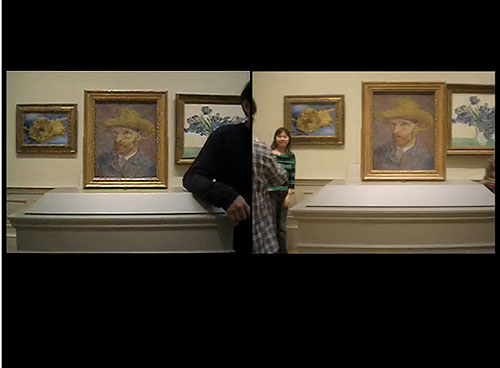REBLOG: Open source hardware 2009 – The definitive guide to open source hardware projects in 2009

Image and text source: Make
Welcome to definitive guide to open source hardware projects in 2009. First up – What is open source hardware? These are projects in which the creators have decided to completely publish all the source, schematics, firmware, software, bill of materials, parts list, drawings and “board” files to recreate the hardware – they also allow any use, including commercial. Similar to open source software like Linux, but this hardware centric.
Each year we do a guide to all open source hardware and this year there are over 125 unique projects/kits in 19 categories, up from about 60 in 2008, more than doubling the projects out there! – it’s incredible! Many are familiar with Arduino (shipping over 100,000 units, estimated) but there are many other projects just as exciting and filled with amazing communities – we think we’ve captured nearly all of them in this list. Some of these projects and kits are available from MAKE others from the makers themselves or other hardware manufacturers – but since it’s open source hardware you can make any of these yourself, start a business, everything is available, that’s the point.
This year, I am asking for your help – the Open source hardware page on Wikipedia is missing more projects that it actually has total at the moment. If any readers out there want to help out, review all the projects we’ve listed and please add them to the Wikipedia page so it’s a more complete resource. Also, many projects on the Wikipedia page are not “Open source hardware” but that will likely be debated, at the least – all of the projects in this guide are considered open source hardware by those who actually does open source hardware it seems.
Read the entire article at Make












